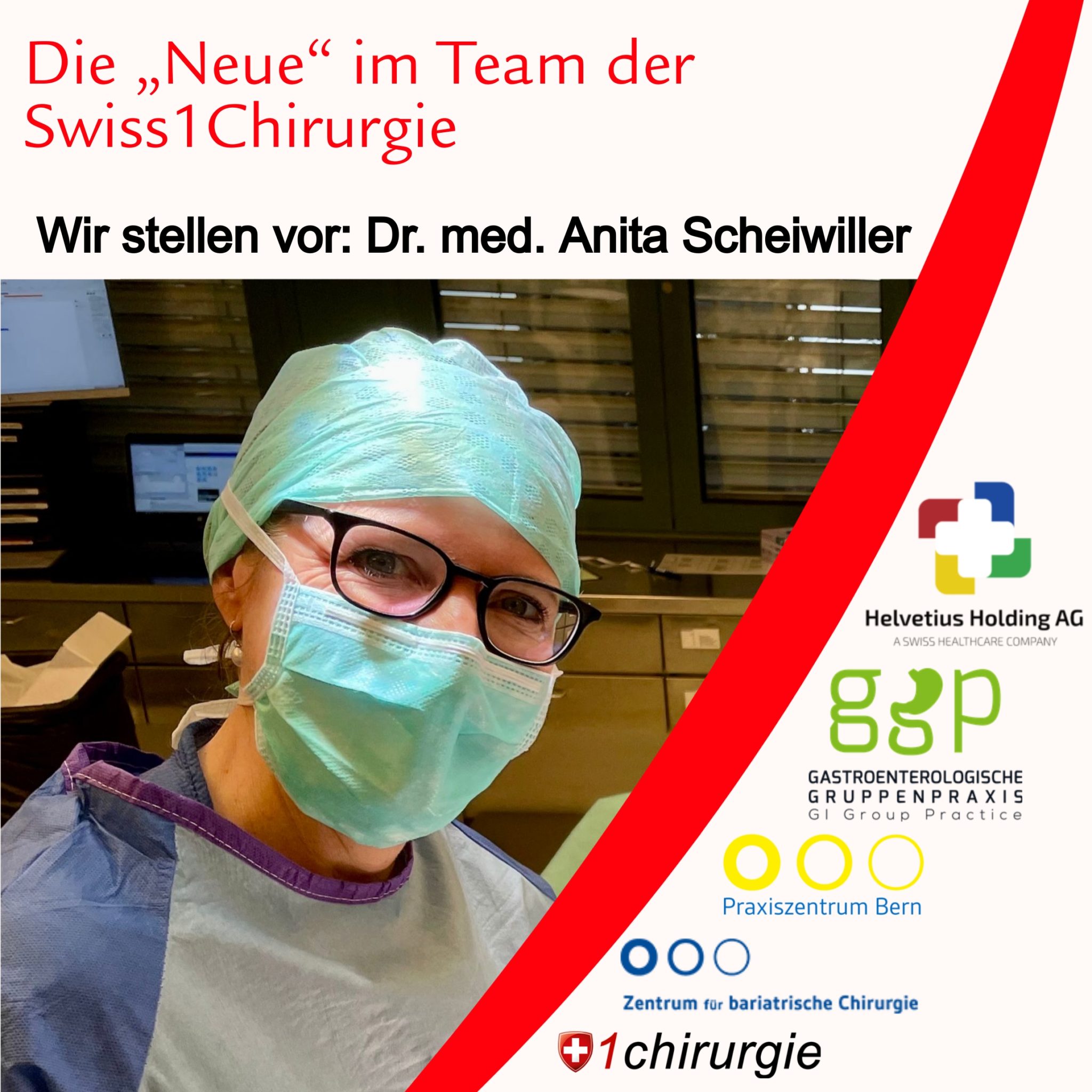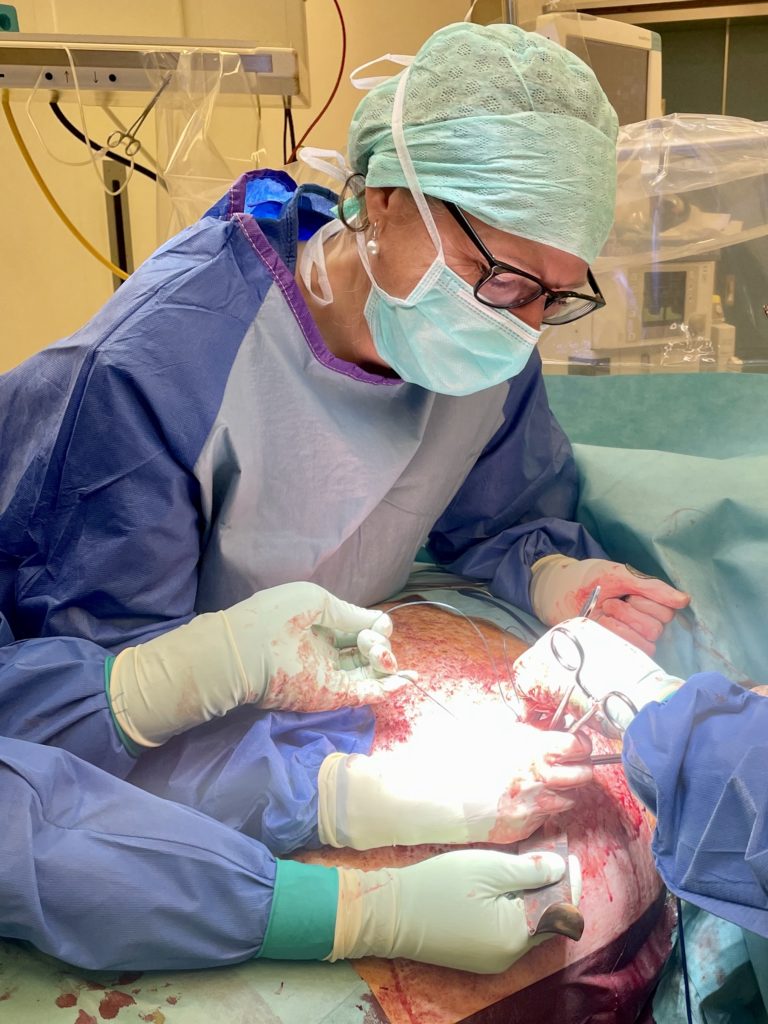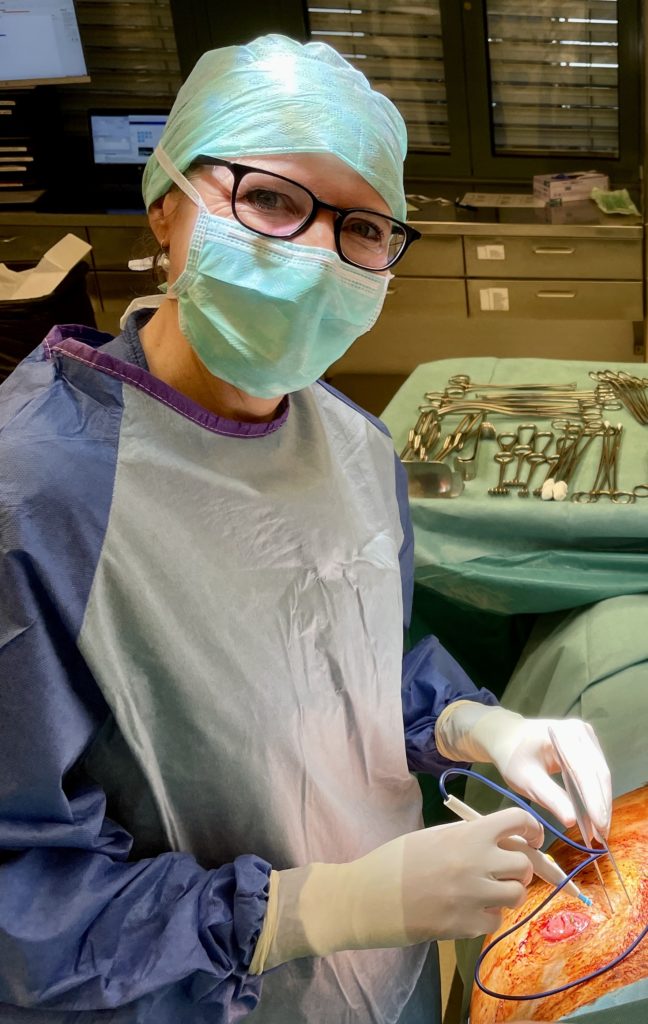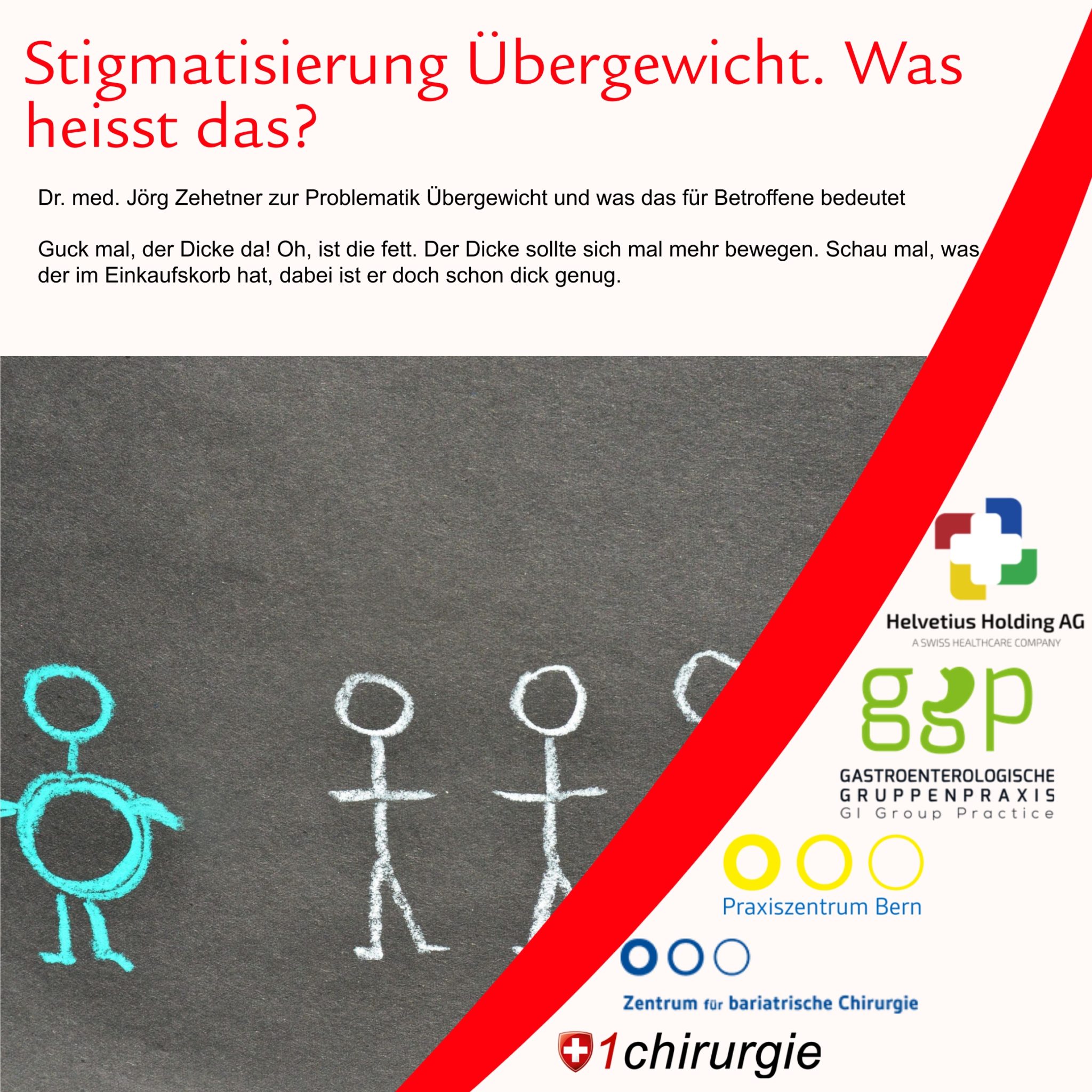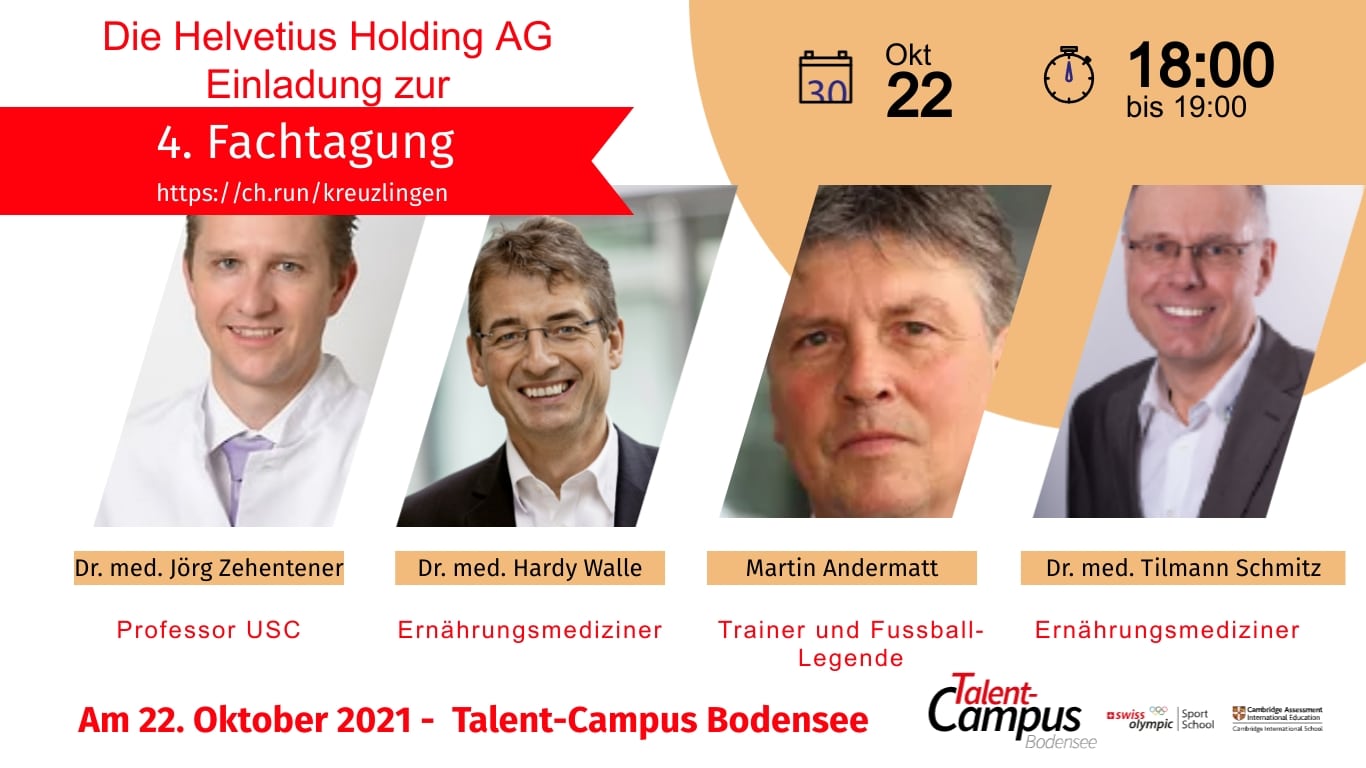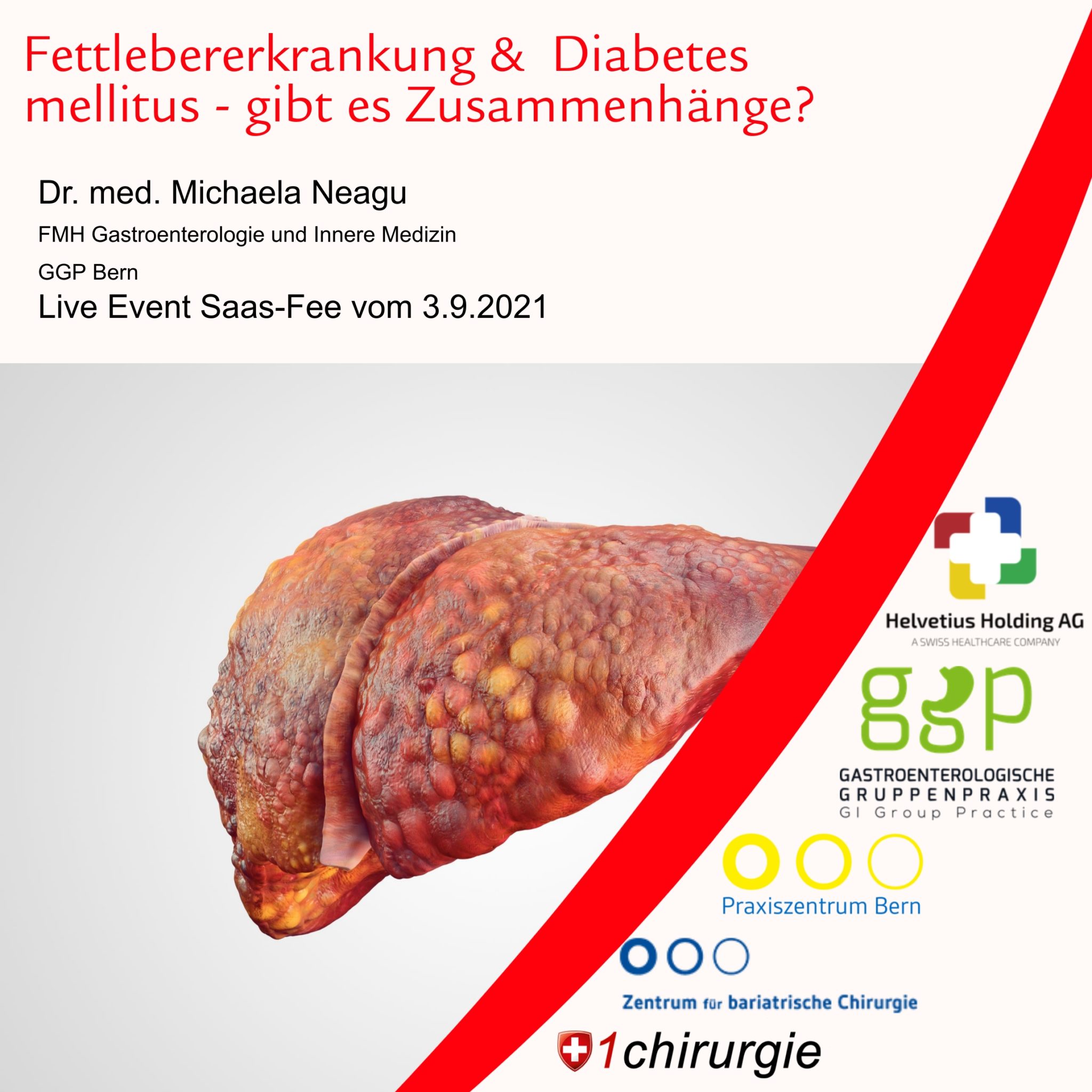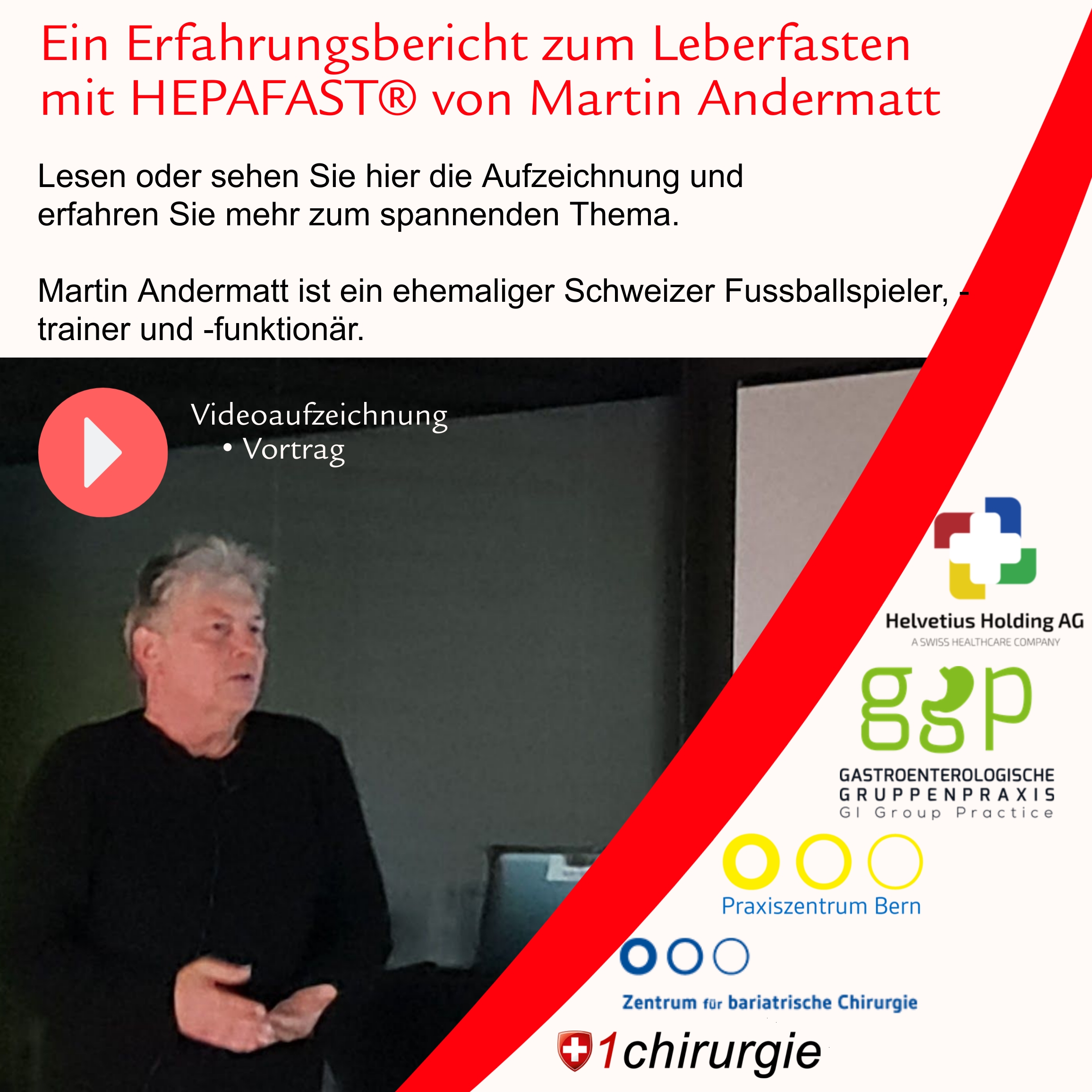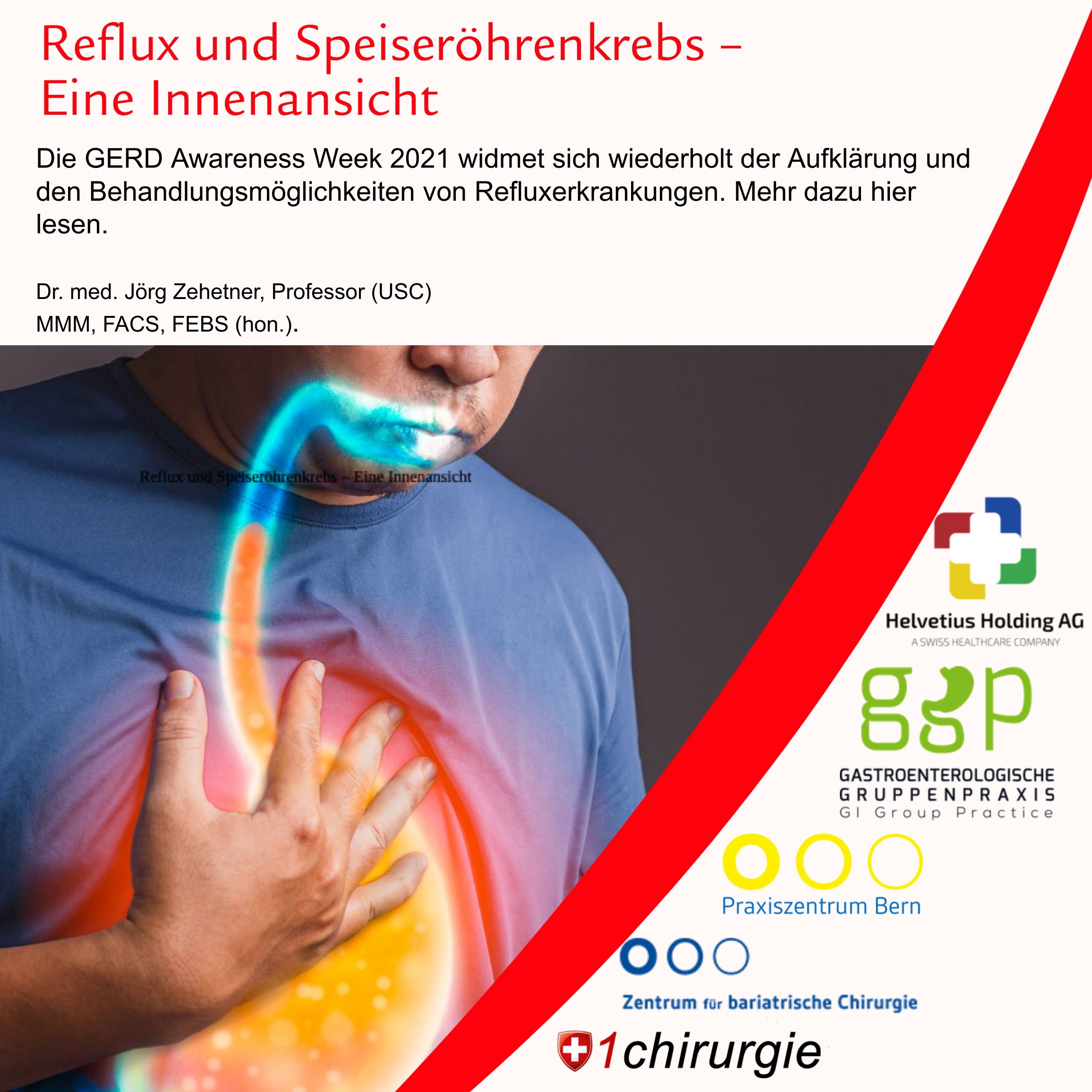Welcome to the new Swiss1Chirurgie podcast. In this podcast from the Hernia Centre at Swiss1Chirurgie, we look today at the topic of abdominal wall hernias and their closure using a net insert.
My name is Jörg Zehetner. This podcast series is intended as patient information for patients and all those who are interested in the topic of hernias, especially abdominal wall hernias and their treatment with net inserts.
First of all, we would like to clarify at this point what abdominal wall hernias actually are.
Abdominal wall hernias are caused by a weakness of the connective tissue in the abdominal wall. Such abdominal wall hernias often occur as a result of surgical procedures in the corresponding area. Such abdominal wall hernias must be distinguished from those caused by a congenital tissue weakness in the abdominal wall or by regenerative processes in old age. Small gaps in the tissue structure of the abdominal wall approximately above and below the navel are conspicuous in any case.
The most common form of abdominal wall hernia is the umbilical hernia. In medical Latin, the umbilical hernia is called hernia umbilicalis et paraumbilicalis. Generally, there is a weakness in the abdominal wall around the navel in all people at birth. This is due to the physiological structure of the umbilical cord, which enables the placenta to supply the unborn child. After the actual birth, the umbilical cord is cut and the belly button is formed. It is precisely at this point that weaker tissue repeatedly develops, which makes an umbilical hernia possible in the later course of development.
Women in advanced pregnancy are particularly affected, and it is not uncommon for a large hernia to form due to the pressure from inside on the abdominal wall.
Abdominal wall hernias also occur more frequently after operations in the abdominal area, especially after open operations, because the abdominal wall that is separated during the operation causes a weakening of the tissue at these points.
In addition, abdominal wall hernias can occur in different places, for example on the left or right upper abdomen or in the area of the lower abdomen.
Manifestations of abdominal wall hernias
Smaller gaps in the tissue in these areas can cause the fat below the abdominal wall to protrude. Through somewhat larger gaps of about two to four centimetres, there is then already the danger that, for example, parts of the small intestine can be pressed through the abdominal wall.
Even larger hernias with a size of five to seven centimetres already cause more severe pain for those affected and therefore hardly go unnoticed. This is also because with such a size of hernia, the hernia sac, also known as the hernia sac, can already take on the size of a medium-sized apple.
A hernia of the abdominal wall is already very unpleasant due to the entrapment of organ parts and causes, above all, pulling pain.
This is always associated with the increased risk of small intestinal loops becoming trapped, as already mentioned. This means that the blood supply to these parts of the intestine is at least significantly restricted, if not interrupted, which can ultimately lead to the death of the affected organ parts. There is always the risk of peritonitis with the corresponding complications and even danger of death.
Treatment of abdominal wall hernias in the Swiss1Chirurgie clinics
The hernia experts at the Hernia Centre of Swiss1Chirurgie have been dealing with the treatment of abdominal wall hernias for many years. Very small abdominal wall gaps are treated here in a minimally invasive way. For this, only a small incision is made, which is then directly sutured again and provides sufficient strength in the abdominal wall tissue even without a net insert.
Larger abdominal wall hernias are treated more intensively. It always depends on the specific formation of the fracture, the age of the patients, the general state of health and existing previous findings of the patients. In many cases, laporoscopic surgery using small incisions is possible. Laporoscopic surgery using a net insert is a very gentle method that can be performed quickly, is not very stressful for the patient and usually has very good results.
Laporoscopic surgery
In laporoscopic surgery, a camera is inserted under the side of the abdominal wall through a small incision and allows a view of the existing tissue defect from the inside. The affected area of the abdominal cavity is filled with CO2 gas so that a sufficiently large surgical area is created. Minimally invasive surgical techniques are used to insert, position and fix the hernia net. These are two cuts about half a centimetre long.
The net serves to reinforce the abdominal wall from the inside. This means that further abdominal wall hernias in the corresponding areas can be ruled out very reliably for the future. This net is uncoated on one side so that it can bond and grow together well with the abdominal wall. The net is coated on the inside to reliably exclude the possibility of it growing together with the small intestine tissue.
In the treatment of abdominal wall hernias, Swiss1Chirurgie has relied for years on the hernia meshes of the Bard company, which have already proven themselves thousands of times in therapeutic treatment. Another advantage of these nets is that they are already equipped with a special fixation system, which makes it much easier to fix the nets to the abdominal wall and makes the minimally invasive operation even more bearable for patients.
The main advantage of these nets is that they can be placed very easily and precisely due to their special shape. The net itself is placed on a balloon structure and then positioned centred on the break. Inflating the balloon stretches the net open and ensures that it lies flat on the abdominal wall. This gives the hernia net a perfect position without major surgical effort. The net is then fixed to the abdominal wall at the edges. Afterwards, the balloon structure can be removed again. This positioning system described here is used exclusively by Swiss1Chirurgie in Bern. In this way, we were able to achieve consistently very good results with little postoperative pain for the patients.
The number of places where the net is attached to the abdominal wall varies depending on the size of the hernia. Experience shows that fewer fixation points also mean less pain for the patient. While permanent suture material was used in the past, the experts at Swiss1Chirurgie now use absorbable material that dissolves completely and without residue after eight to twelve weeks. If, for example, a nerve is hit during the operation, any pain that may occur will usually disappear after the absorbable staples are dissolved.
If abdominal wall hernias are treated in a large open operation, this often leads to very complicated healing processes with correspondingly difficult tissue adhesions. With minimally invasive procedures such as those we perform in the Swiss1Chirurgie clinics, such complications are ruled out from the outset, which significantly simplifies and shortens the healing process for patients.
Performance and follow-up of open surgery for abdominal wall hernia
If major open operations with corresponding adhesions have already been performed, we recommend a follow-up operation in which these complicated adhesions can be removed and further stabilisation of the abdominal wall can be achieved. The primary concern here is the closure of the affected abdominal muscles, where the posterior fascial sheet is usually affected. This can be closed well again with an appropriate follow-up operation and reinforced with a net. The remaining abdominal muscles are then precisely placed again.
With such an operation, which takes a little longer, the tissue adhesions can be removed and the function of the abdominal wall can be fully restored. It should not be concealed that such a major operation also involves certain risks due to its length of two to three hours. Depending on age, health condition and possible previous findings, inflammatory processes may occur in the area of the operated tissue, for example.
It is certain that such an open operation is associated with significantly more pain than the minimally invasive procedures. A stay of five to seven days in observation in hospital must be planned. The healing processes themselves also take longer than with minimally invasive surgery.
Depending on the surgical field, drains may also need to be placed to allow drainage of wound secretions as the tissue heals. In the case of major open surgery, an abdominal belt must always be worn afterwards to support the tissue. Together with the orthopaedic specialists, the surgeons at Swiss1Chirurgie have developed a belt with a special abdominal calotte. In complicated cases, it is even possible to produce an individual calotte using 3D printing. This allows the abdominal wall to be excellently supported, which is not always the case with prefabricated products.
Wearing such an abdominal belt will be necessary for about three to six weeks after the operation. Our recommendation is to wear the abdominal belt day and night for the first three weeks. For the following three weeks, the belt must only be worn during the day. Continuous monitoring and follow-up care takes place in the Swiss1Chirurgie clinics.
For further questions about abdominal wall hernias in general and the therapeutic options, please feel free to contact the specialists at Swiss1Chirurgie. In addition, we provide further information material on our website www.swiss1chirurgie.ch. You can also use the contact options at www.swiss1chirurgie.ch or call one of our clinics.
Thank you for your interest and attention!
This podcast is part of the Helvetius.Life podcast series.
Helvetius.Life is the in-house newspaper of Helvetius Holding AG. Here, Swiss1Chirurgie, the Centre for Bariatric Surgery ZFBC, the Gastroenterology Group Practice GGP and the Bern Clinic PZB combine their expertise and services in the interests of our patients’ health.
With Helvetius.Life we inform you about exciting topics from the specialist areas of the clinics and practices, provide insights into the work of specialists, show you what we can do in patients’ testimonials and present new findings, therapies and scientific research results.
Our podcast series:
- hernien-podcast.ch
- adipositas-podcast.ch
- ggp-podcast.ch
We would also like to recommend our website
www.swiss1chirurgie.ch or our app, which you can also find at www.swiss1chirurgie.ch.
You can also find more topics and information at: hernien-podcast.ch, nachsorge.ch and in our in-house newspaper www.helvetius.life.


